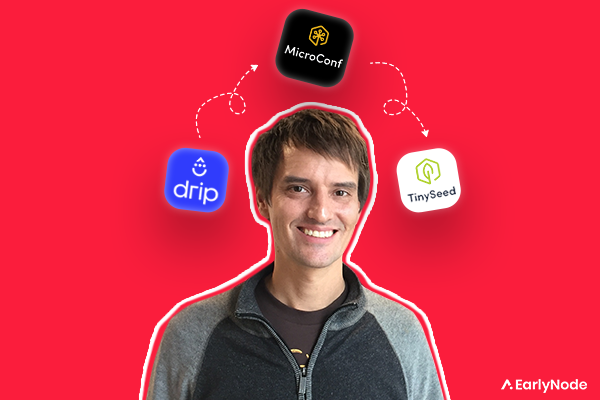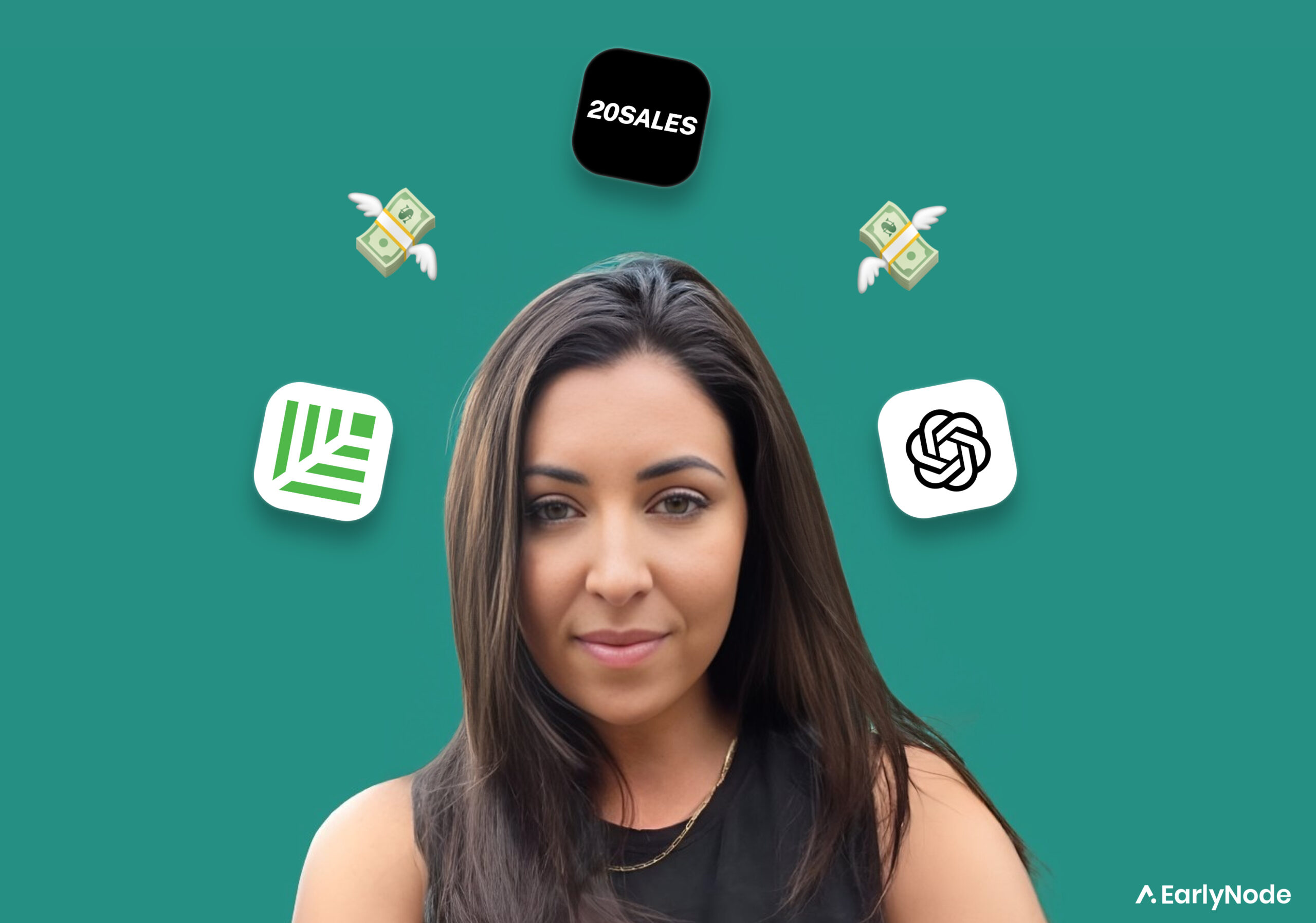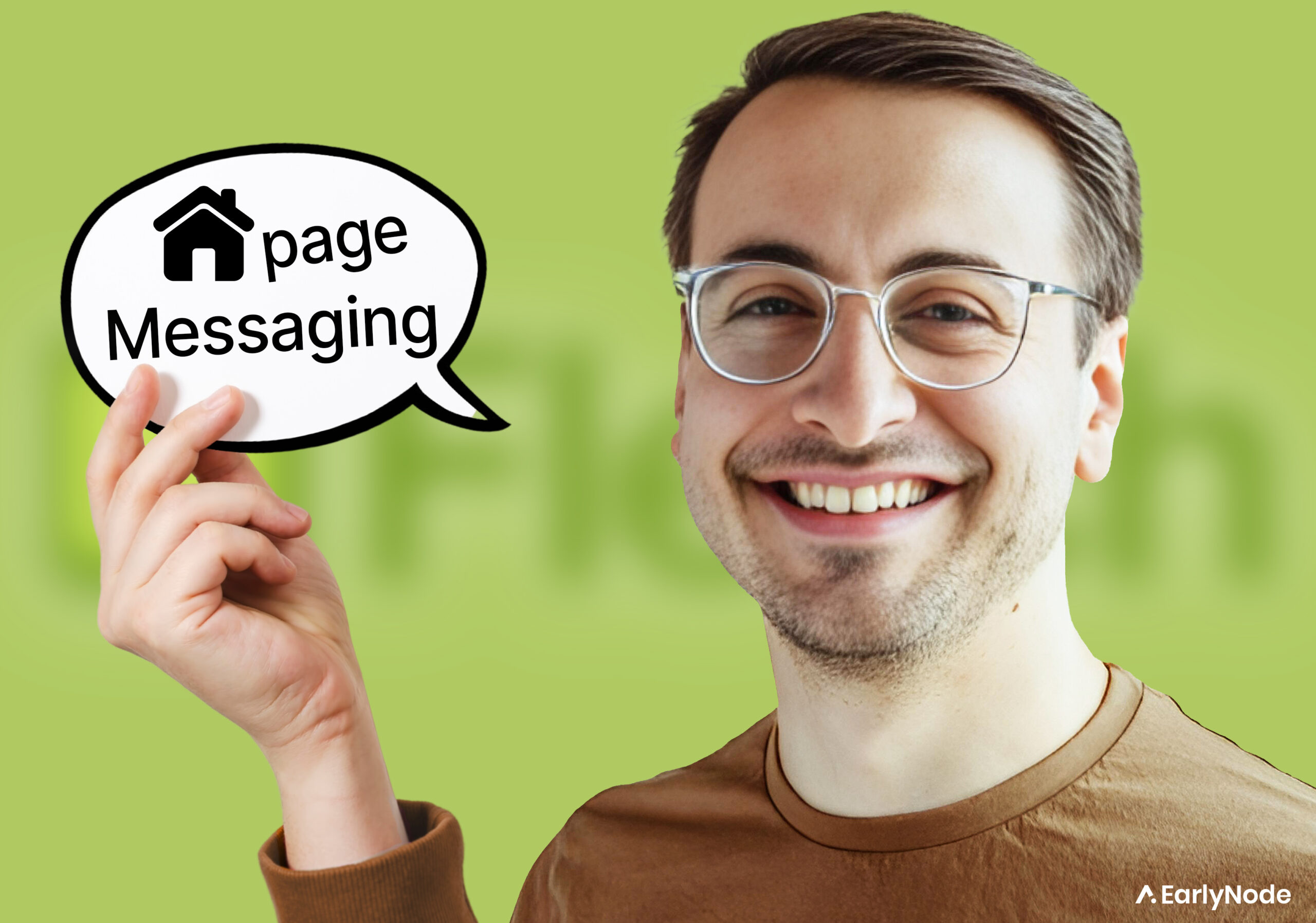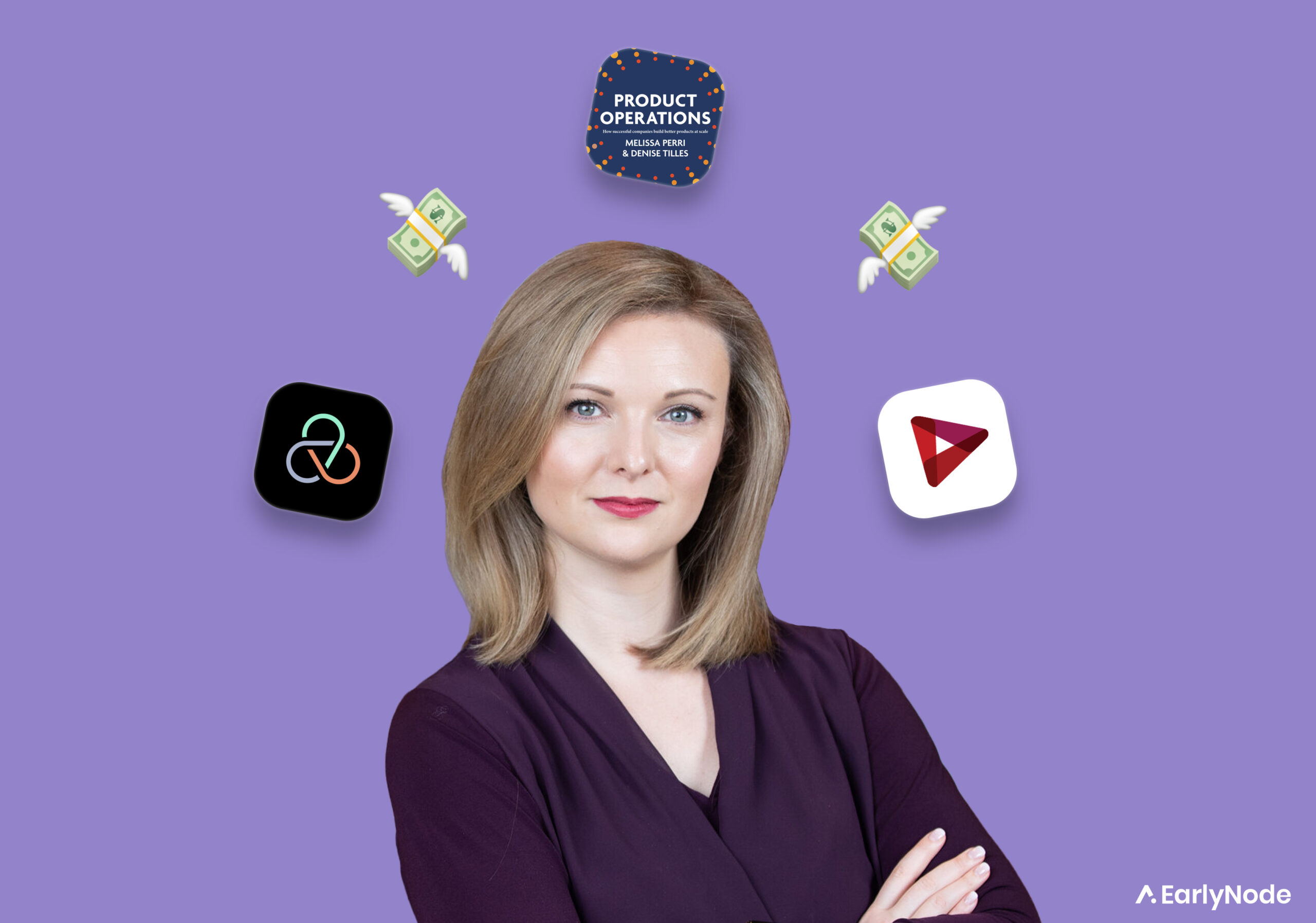How to pick a winning SaaS idea with Rob Walling

Rob is the brain behind Drip, MicroConf, and TinySeed, an accelerator for bootstrapped SaaS startups. He’s a startup founder with multiple exits and an investor in more than 125 companies.
In The SaaS Operator newsletter from 30 May 2023 you’ll learn:
- 4 “unfair advantages” that accelerated growth at Drip.
- The power of network, audience, and expertise.
- Rob’s growth secret: the dual-funnel.

 4 “unfair advantages” for super-fast growth
4 “unfair advantages” for super-fast growth
Rob has launched 5+ SaaS products but he noticed that only one was growing exponentially fast. It was Drip, an email marketing software that he later sold for millions. The secret of Drip’s success was the ‘unfair advantages’ Rob had when he founded the startup.
“An unfair advantage is any advantage that cannot be copied or bought.” – Jason Cohen
An unfair advantage is another way of describing a competitive advantage – a kind of superpower that is unique to your startup.
The 4 that Rob identified are so powerful that he says he would NEVER start another SaaS without at least one of them. Look out for opportunities where you have these advantages. The more you have, the faster you’ll grow.
If you’re weighing up a new SaaS idea, consider whether you have any of these 4 unfair advantages 👇🏼.
#1 Getting there early 🌅
Be early to a space. There are loads of benefits from entering a new market before your competitors flood in.
Pros 😀: You get a headstart on competitors and can capture a big chunk of market share.
Cons 😥: Sometimes the markets are untapped for a reason e.g. customer demand is just not big enough to build a sustainable business.
It’s an unfair advantage because: You can establish your brand without any competition.
Fast-growth products that used this advantage: Baremetrics, BaseCamp
#2 A great network 👩🏻🤝🧑🏻👩🏻🤝🧑🏼
A strong network can give you access to people who can advise you, vouch for you, promote your SaaS, and connect you to the right people.
It’s an unfair advantage because: Your network can bring you your first customers and connect you to potential partners.
Fast-growth products that used this advantage: AppSumo, WPEngine
#3 An audience that loves you 💌
Your audience could include podcast listeners, an email list, blog readers, or a customer base from a different product of yours. An existing customer base is the most valuable because it is an audience who have bought from you before.
It’s an unfair advantage because: You won’t struggle to convince an audience that knows, likes, and trusts your brand to try your new product.
Fast-growth products that used this advantage: Chartmogul CRM, Drip
#4 Practical prowess 💪🏻
Some companies grow quickly even without the founder having an audience, a strong network, or an early start. That’s because of their practical experience.
Serial entrepreneurs and execs who have led growth in a similar company have deep and invaluable expertise.
It’s an unfair advantage because: You know which playbooks to run and how to execute them perfectly.
Fast-growth products that used this advantage: Buffer, Qualaroo
Rob’s sales funnel secret
SaaS companies tend to use one of 2 sales funnels to acquire customers:
- Low-touch
- High-touch
Rob has a smarter approach but we’ll get to that later. First, let’s look at these 2 models.
⤵ Low-touch
In this funnel, you try to get the customer to convert without any human interaction. It typically takes 3 steps:
- Drive traffic to your website ➡ usually via SEO or paid ads.
- Nurture the leads ➡ usually via retargeting ads or an email list to get them to start free trials or freemiums.
- Convert leads to paying customers.
Pros 😀: Best for products with low price points (< $100 per month).
Cons 😥: Churn happens frequently. Annual contract value is usually low.
⤴ High-touch
A high-touch sales funnel involves a lot of human interaction with the customer. It typically involves 5 steps:
- Drive leads: Usually done via outbound traffic and inbound leads.
- Qualify the lead: Find out if they would be a good customer for you and if your product would be a good fit for them.
- Product demo: Find out from the qualified prospect what their job-to-be-done is, then show them how your product solves their problem. Keep demos very short.
- Close the deal: Ask them, “What is it going to take to get this deal done?”. If the prospect is convinced they’ll tell you what to do to close the deal.
- Onboard the customer: Customer success onboards the user successfully. Then regularly touches base with the customer to retain them for a long time.
Pros 😀: Best for products with high price points (~$10k a year). Churn tends to be low.
Cons 😥: High CAC as salespeople are expensive and enterprise deals take time.
But which of these does Rob prefer? The answer is none! Instead, he would pick a dual funnel, which combines both models.
✌🏻 Two is better than one
A dual funnel runs both funnels in parallel. It usually works like this:
Plan A: $20 ➡ self-serve
Plan B: $50 ➡ self-serve
Plan C: Talk to sales ➡ enterprise
This gets you the best of both worlds.
- You attract hundreds of smaller customers with your low-price offerings. Plus you benefit from these customers making noise about your brand.
- You also get enterprise leads from these small customers. You can spot companies with dozens of users and try to sell them enterprise deals. These customers usually pay in advance and rarely churn, bringing in big chunks of long-term revenue.
Dual funnels bring steady revenue growth as well as those growth spikes you get from enterprise deals. Pretty smart, right?
Who should we cover next? If you have a SaaS expert in mind, let us know by sending us an email at saas@earlynode.com.




